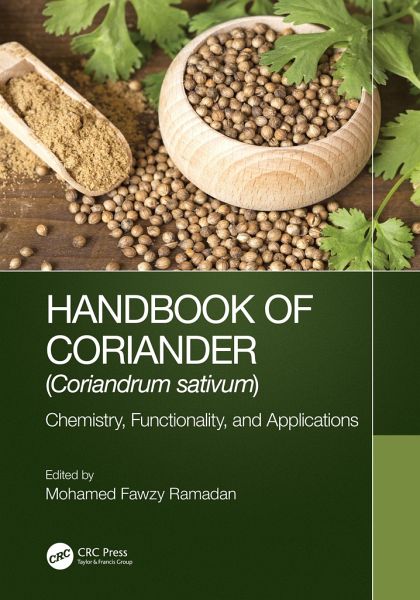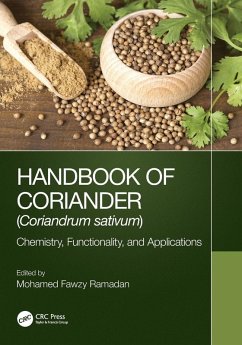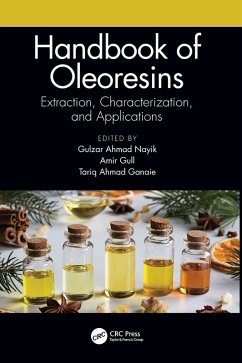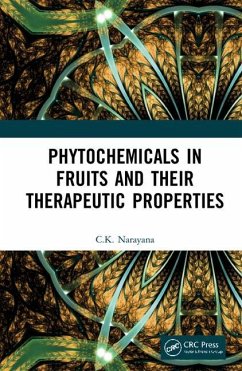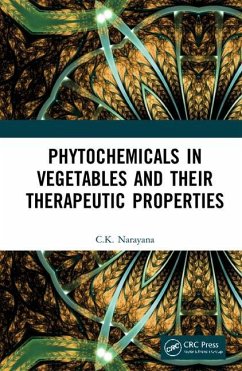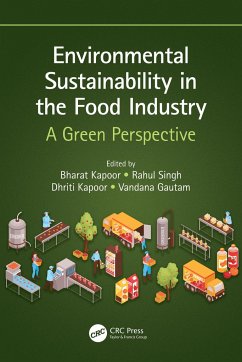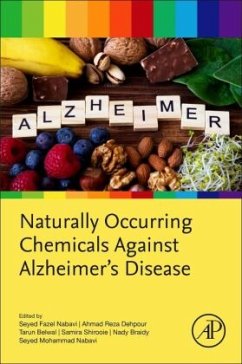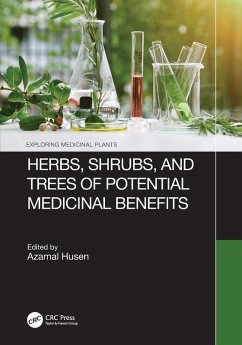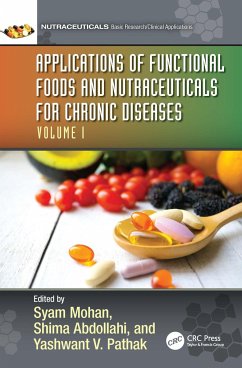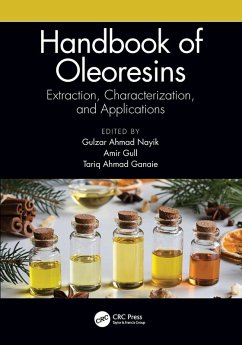Mohamed Fawzy Ramadan is a Professor of Food Chemistry and a consultant of international publishing at Umm Al-Qura University, Makkah, Saudi Arabia. Since 2014, Prof. Ramadan is a Professor in the Agricultural Biochemistry Department, Faculty of Agriculture at Zagazig University, Egypt. Prof. Ramadan obtained his Ph.D. (Dr. rer. nat.) in Food Chemistry from the Berlin University of Technology (Germany, 2004). Prof. Ramadan continued his post-doctoral research at ranked universities such University of Helsinki (Finland), Max-Rubner Institute (Germany), Berlin University of Technology (Germany), and the University of Maryland (USA). In 2010, he was appointed as Visiting Professor (100% research) at King Saud University. In 2012, he was appointed as Visiting Professor (100% teaching) in the School of Biomedicine, Far Eastern Federal University in Vladivostok, Russian Federation. Prof. Ramadan published more than 300 research papers and reviews in international peer-reviewed journals. He also edited and published several books and book chapters (Scopus h-index is 43 and more than 6000 citations). In addition, he was an invited speaker at several international conferences. Since 2003, Prof. Ramadan is a reviewer and editor in several highly-cited international journals such as the Journal of Medicinal Food and Journal of Advanced Research. Prof. Ramadan received several prizes, including Abdul Hamid Shoman Prize for Arab Researcher in Agricultural Sciences (2006), Egyptian State Prize for Encouragement in Agricultural Sciences (2009), European Young Lipid Scientist Award (2009), AU-TWAS Young Scientist National Awards (Egypt) in Basic Sciences, Technology and Innovation (2012), TWAS-ARO Young Arab Scientist (YAS) Prize in Scientific and Technological Achievement (2013), and Atta-ur-Rahman Prize in Chemistry (2014).
